Many of us may remember our childhood playtimes, when ordinary objects became the stuff of adventure and exploration with little or no prompting – just the workings of imagination. When a child is given opportunities to play without limitations or specific directions for how objects should be used or how activities must be carried out, they engage in open-ended play.
Open-ended play is a style of play where kids are encouraged to discover and explore on their own. In open-ended play there is no right or wrong, kids use their imaginations and do what is commonly referred to as playing pretend. In close-ended play, toys and activities have a defined end goal (think of a puzzle for example) and once the goal is achieved the child naturally moves onto the next activity.
Open-ended and close-ended play complement each other and they challenge different ways of thinking.
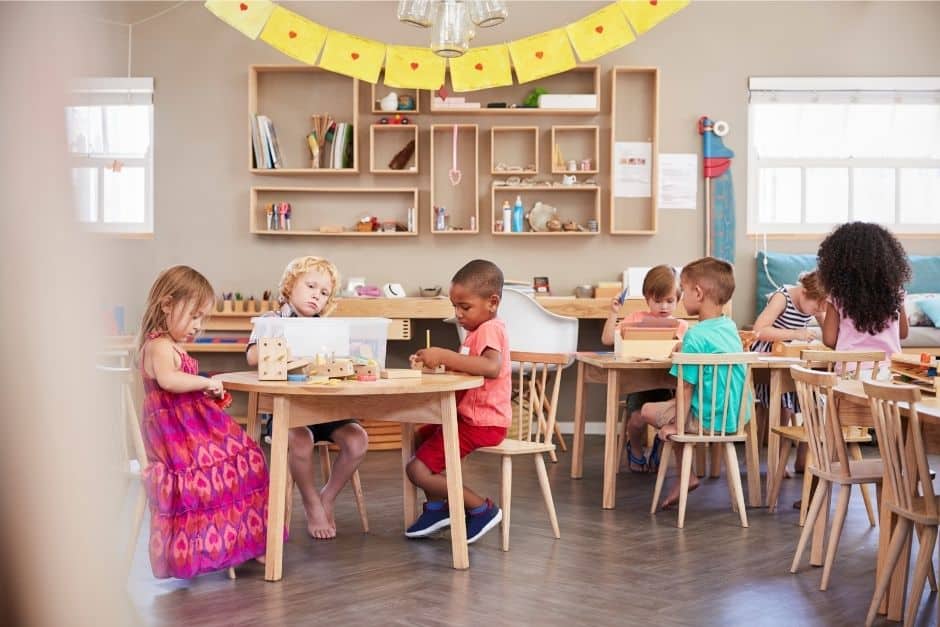
Open ended play ties in well with Montessori principles, as Montessori toys and materials, by their nature, are designed to allow for freeform exploration.
While wooden Montessori toys are designed to develop particular fine motor and cognitive skills, there are no set rules for how a child needs to use such open-ended toys during playtime. Open ended play is the best way to encourage creativity in toddlers and kids.
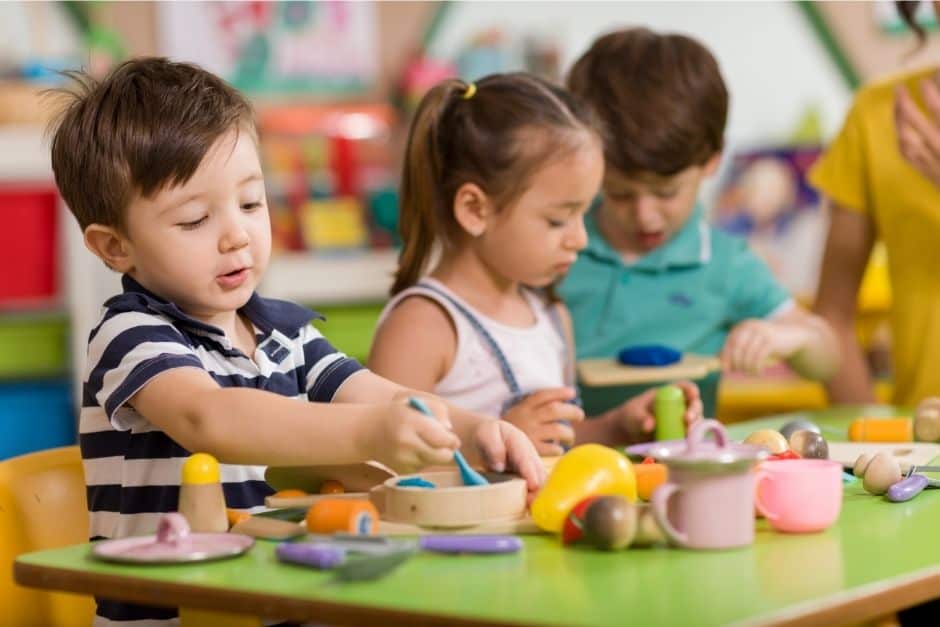
Why Open-Ended Play is Important
The first five years of a child’s life are the most crucial for his development. Open-ended play provides engagement for a child’s mind and imagination during these critical early stages of development in a child’s life.
Open-ended play helps a child learn to make his own decisions and experiment with new ways to use items. Everything depends on his curiosity and interests.
While many parents are swift to purchase toys featuring favorite characters or the latest and greatest items that buzz, beep, move, and entertain, studies show the importance of open-ended toys. There is nothing inherently wrong with character toys or even having one or two battery-operated items in the toybox. But quality wooden open ended toys do so much more for a child’s mental development because they allow him to explore and engage as he wishes.
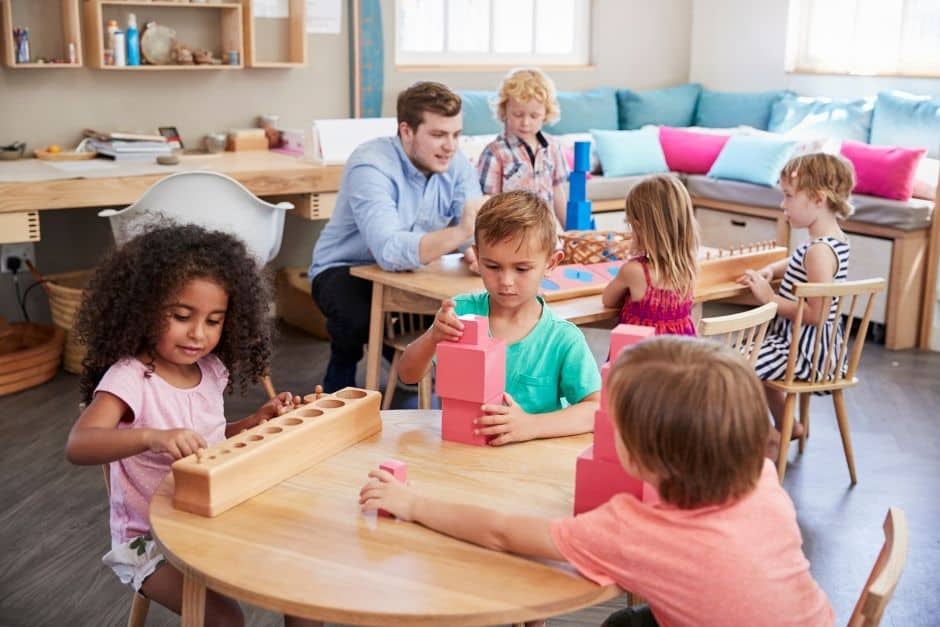
How to Encourage Open-Ended Play
Many well-meaning parents today strive to fill every waking minute of their child’s day with activities, never providing downtime or allowing kids to get bored. By giving your child opportunities to independently figure out what and how to play, you are providing him not with entertainment, but with chances to learn, be creative, and solve problems.
The implementation of open-ended play for babies, toddlers, and young children happens by providing simple, open-ended toys that have no set method of play. How to play is all up to the child and his imagination.
Parents who wish to encourage open-ended play would do well to start by organizing the playroom in such a way that their child can easily see and access toys that are correct for his current stage of development. From there, just provide him with opportunities to explore and manipulate his toys however he wishes.
Even if a child is not using a toy to practice an intended developmental skill, he is still engaging in mental exercise and fine-motor coordination.
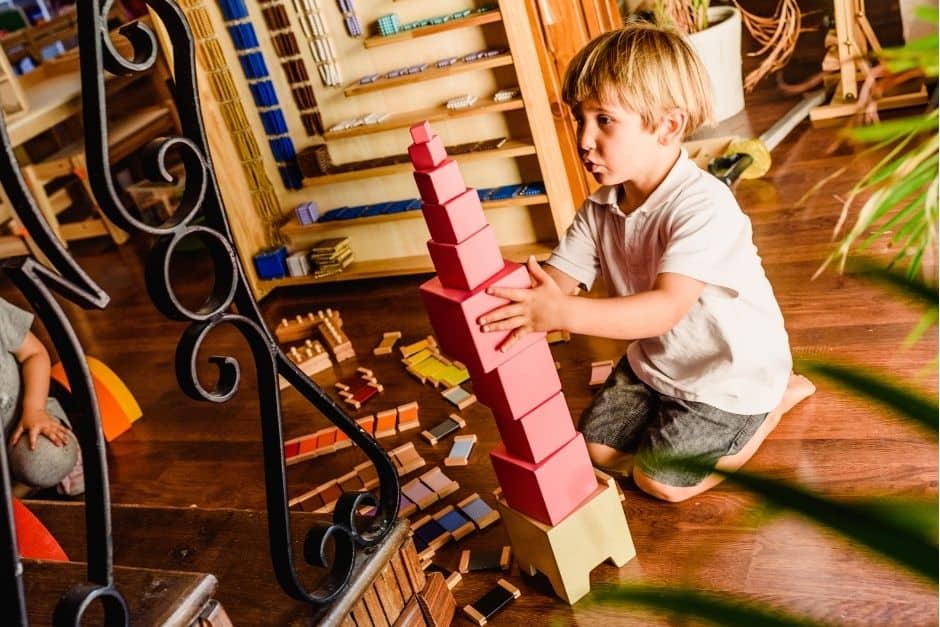
Does open-ended play always have to be outside?
Open-ended play can occur anywhere your child likes to play, whether indoors or out. Outside play holds its own particular benefits. Children who play outside explore and interact with the real world around them, accessing natural materials and resources that they can include in their play.
Seasonal changes in nature constantly provide new ways to encourage open-ended playtime. A yard covered with fresh snow is also the perfect canvas for painting. Crisp fallen leaves in autumn can become pieces of gold in a pirate’s buried treasure.
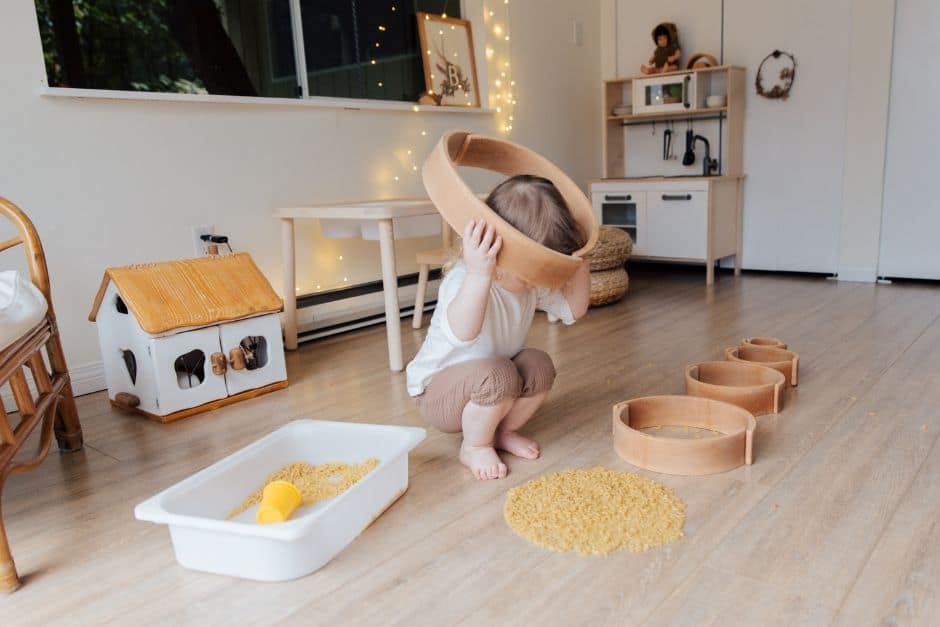
What kinds of materials and play equipment encourage open-ended play?
In general, materials and play equipment that are made from natural materials, like wooden Montessori toys, and which have no set method of use are ideal imaginative toys for open-ended play. For example, a wooden Montessori tower develops coordination and the concept of gradation in size, but may also represent the tower of a castle a knight is sworn to protect.
Montessori boards, sometimes marketed as busy boards, are also popular creative toys for toddlers because they are designed to promote experimentation and encourage engagement with the senses.
Children are remarkably adept at coming up with open-ended play ideas all on their own. But if you want to actively encourage open-ended play or want to organize items for a very young child, you can easily create an open-ended toy toolkit with some of these easy-to-find items:
- Play-Doh
- Wooden blocks
- Empty containers like boxes, paper towel tubes, or empty bottles
- Sand
- Small toy vehicles and figurines
- Water
- Craft supplies, like paper, paint, markers, and glue
- Cups
- Dress-up items
- Child-sized musical instruments
And as previously mentioned, items found in nature are often the best for open-ended play. A wooden stick off the ground can become anything from a sword to a wizard’s staff to a teacher’s pointer and more.
Examples of popular open ended toys
There are many open-ended toys on the market today, from those specifically designed for Montessori homes as well as those that are considered Montessori inspired. It can be confusing to decide what to buy for your child, or if you even need to buy anything at all. Sometimes just looking around the house uncovers everyday household items that you can safely turn into creative toys for open-ended play.
Beyond the traditional suggestions we have already provided, here are some other popular items you may wish to consider for your child.
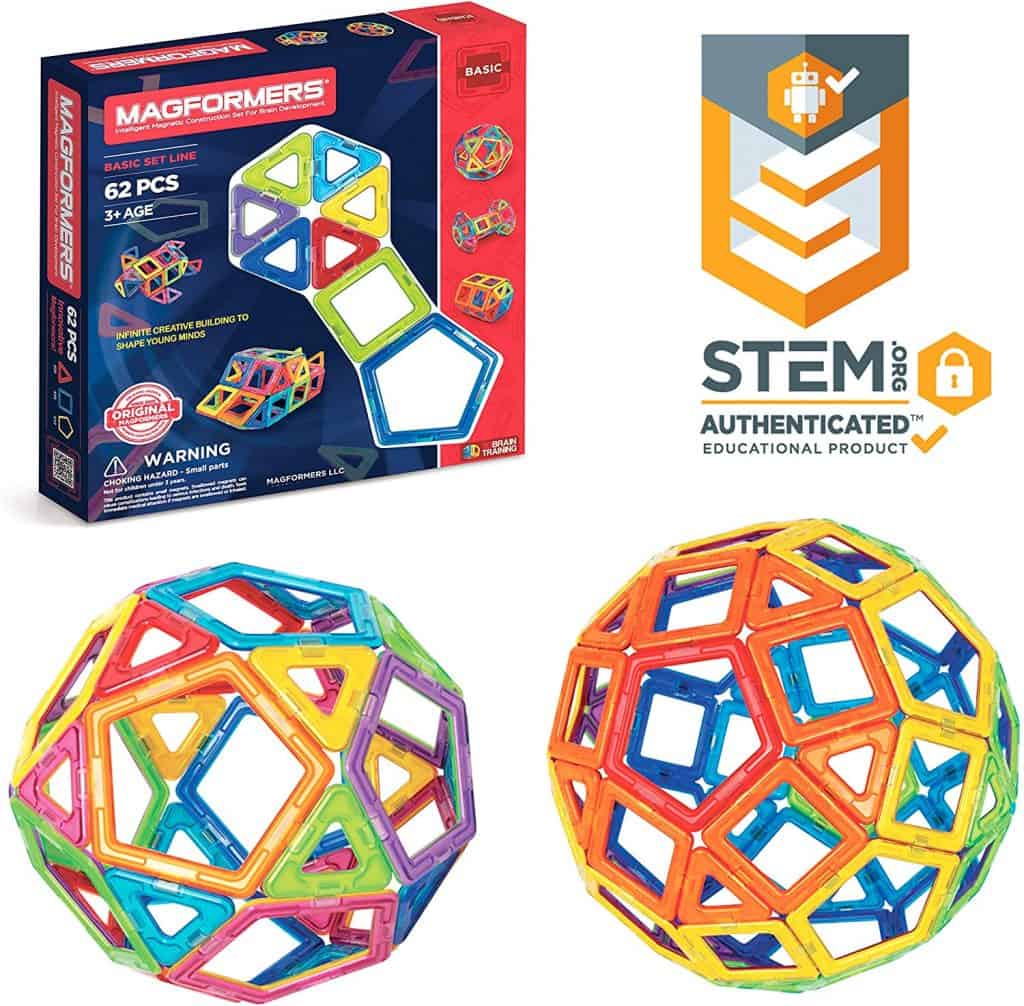
Magnetic Tiles: These unique building tiles come in sets of various sizes and usually include squares and triangles in a variety of colors. The magnets housed within each tile are strong enough to let a child build three-dimensional structures.
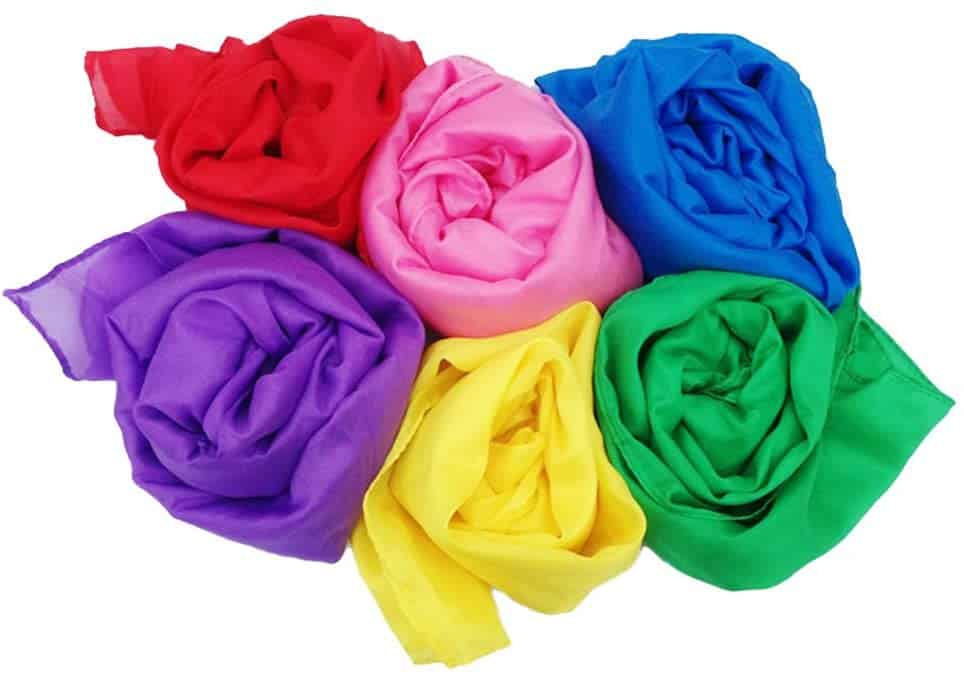
Play Silks: Simple silk scarves can become just about anything your child can imagine – flags, blankets, capes, ropes, and more. They are also versatile enough to be used by children from infancy onward.
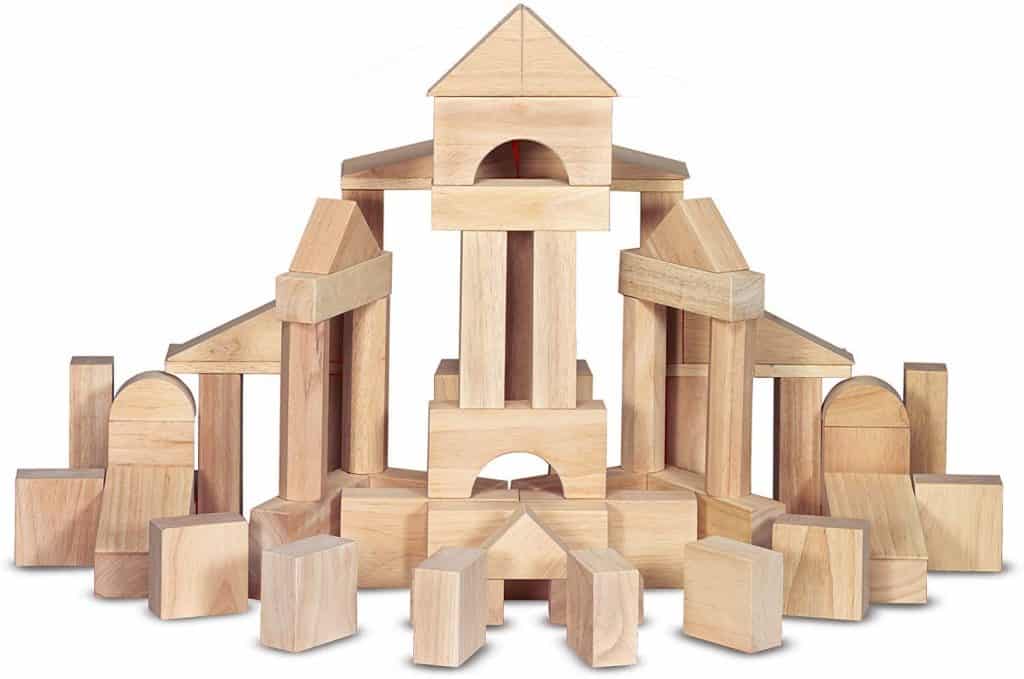
Wooden Building Blocks: A timeless standard, wooden blocks come in sets of all sizes and shapes, and there is no end to what a child can do with them. He can build with them, sort them by size and shape (or color if the set is colored), experiment with weight, or bang them together to create rhythms.
Vikki is the creator of Totsgo and the mother of two children. She is a passionate mother who enjoys assisting other parents.
